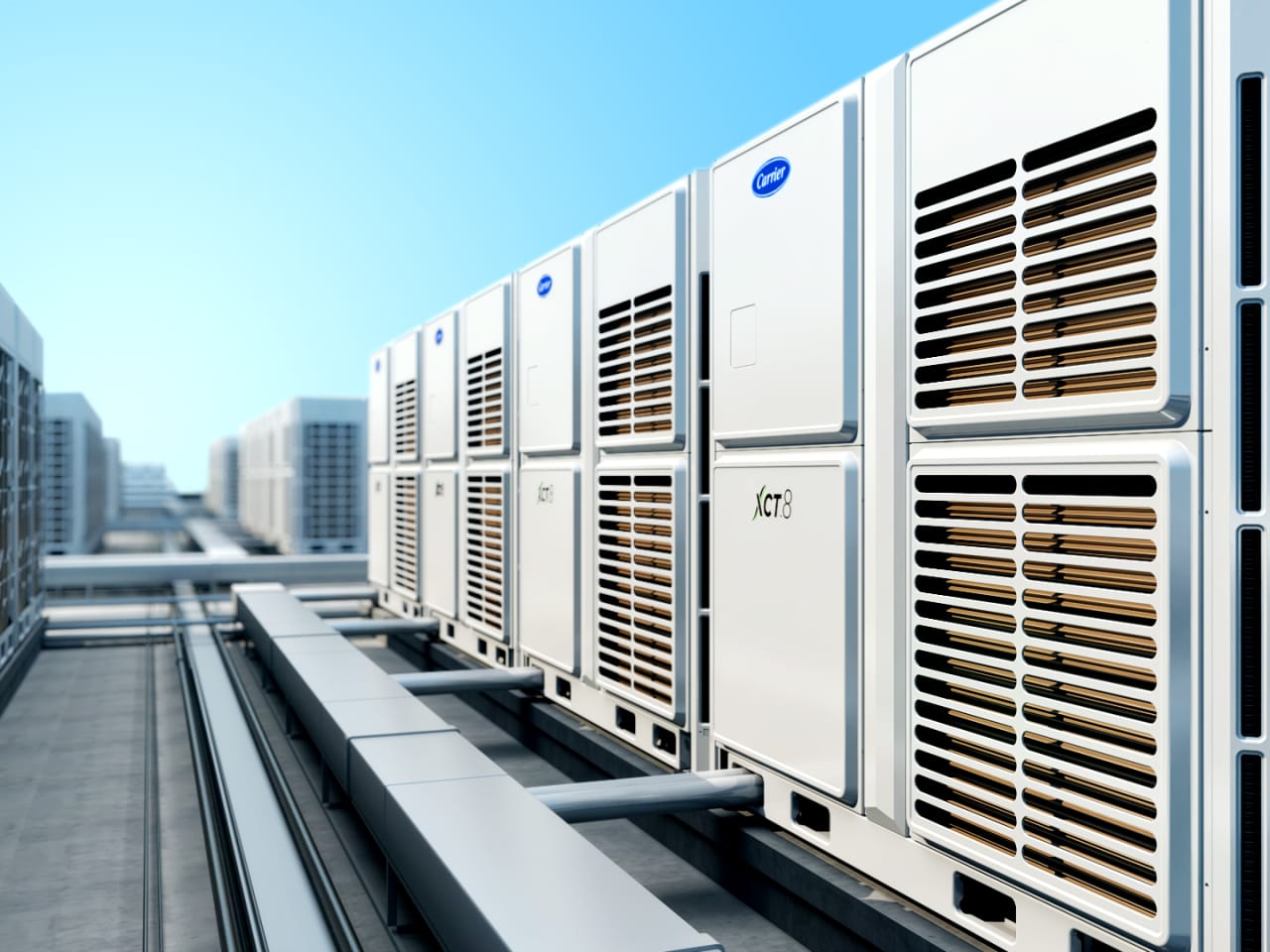

Articles
When Was HVAC Invented
Modified: January 8, 2024
Discover the history of HVAC technology with our informative articles. Learn about the invention and evolution of HVAC systems throughout the years.
(Many of the links in this article redirect to a specific reviewed product. Your purchase of these products through affiliate links helps to generate commission for Storables.com, at no extra cost. Learn more)
Introduction
Welcome to the fascinating world of HVAC – Heating, Ventilation, and Air Conditioning! In today’s modern world, HVAC systems have become an integral part of our daily lives, providing us with comfort and convenience in our homes, offices, and public spaces. But have you ever wondered when HVAC was first invented and how it has evolved over time?
The concept of ventilation and heating can be traced back to ancient civilizations where natural methods, such as directing wind through architectural structures or using fire to warm indoor spaces, were employed. However, it wasn’t until the 19th century that significant advancements in HVAC technology began to emerge.
Throughout this article, we will explore the early history of ventilation and heating systems, discover when the first air conditioning system was invented, delve into the evolution and advancements of HVAC technology, and examine the impact that HVAC systems have had on various industries.
So, grab a cup of coffee, sit back, and join us on this journey through time as we uncover the fascinating history and innovative developments in the world of HVAC.
Key Takeaways:
- HVAC systems have a rich history dating back to ancient civilizations, with the invention of the first air conditioning system by Willis Carrier marking a pivotal moment in revolutionizing indoor comfort and transforming various industries.
- The continuous evolution of HVAC technology has led to energy-efficient solutions, smart technology integration, renewable energy options, and air quality enhancements, shaping a sustainable and comfortable future for homes, businesses, and public spaces.
Read more: When Was The Bathtub Invented
Early history of ventilation and heating systems
The need for ventilation and heating has been a concern for humans for thousands of years. In ancient times, people relied on simple methods to regulate indoor temperatures and improve air quality. One of the earliest known ventilation systems can be traced back to ancient civilizations such as the Romans, who used an intricate network of underground tunnels called hypocausts to circulate warm air beneath the floors of their buildings.
Similarly, early forms of heating systems involved the use of fireplaces and stoves. Fireplaces were commonly found in medieval castles and grand houses, providing both heat and a means of cooking. As time progressed, improvements were made to fireplaces, such as the addition of chimneys to direct smoke outside and reduce the risk of indoor pollution.
During the 18th and 19th centuries, innovations in heating systems accelerated. The invention of the cast iron stove in the 18th century revolutionized indoor heating, making it more efficient and controllable. These stoves allowed for the combustion of coal or wood, providing a reliable source of heat for homes and businesses.
In the early 19th century, the development of steam-based heating systems became increasingly popular. Steam radiators were introduced, offering a safer and more efficient alternative to previous methods. These systems used boilers to heat water, which then circulated through pipes and radiators to warm indoor spaces.
Another notable advancement during this era was the invention of the thermostat. In 1830, Scottish chemist Andrew Ure patented the bi-metallic thermostat, a device that could automatically regulate the temperature of a room by expanding and contracting metal as the temperature changed.
Overall, the early history of ventilation and heating systems laid the foundation for modern HVAC technology. These early innovations set the stage for further advancements, leading to the invention of the first air conditioning system, which we will explore in the next section.
The invention of the first air conditioning system
The invention of the first air conditioning system revolutionized the way we control indoor temperature and humidity. It all began in the early 20th century with the work of Willis Carrier, a young engineer who sought to solve a complex problem faced by a Brooklyn-based printing company.
In 1902, printing company Sackett-Wilhelms was struggling with issues related to high humidity levels, which were causing paper expansion and ink smudging. Carrier was commissioned to find a solution, and his innovative thinking led to the invention of the modern air conditioning system.
Carrier’s system utilized a series of coils and fans to cool and dehumidify the air. By passing warm air through a coil filled with cold water, moisture from the air would condense, effectively reducing humidity levels. The conditioned air was then circulated back into the room, creating a more comfortable environment for both people and delicate materials.
The success of Carrier’s invention didn’t go unnoticed, and the first commercial air conditioning units were installed in movie theaters and department stores. Theaters experienced a surge in attendance as audiences sought refuge from the summer heat, ultimately changing the way films were released and leading to the establishment of the summer blockbuster tradition.
As the demand for air conditioning grew, Carrier continued to refine his invention and introduce new features. In 1914, he introduced the concept of air conditioning for industrial processes, opening doors to new possibilities in various sectors.
It wasn’t until the 1920s that residential air conditioning became more widespread, although initially limited to the wealthy few. The technology continued to advance, and by the mid-20th century, air conditioning had become a standard feature in many American homes, improving quality of life and transforming living standards.
Today, air conditioning systems are found in homes, offices, hospitals, hotels, vehicles, and even data centers, providing comfort, maintaining stable environments, and facilitating technological advancements. The invention of the first air conditioning system by Willis Carrier marked a pivotal moment in HVAC history, shaping the way we live, work, and interact with our surroundings.
The concept of heating, ventilation, and air conditioning (HVAC) can be traced back to ancient Rome, where they used a system called hypocaust to heat buildings and public baths.
Evolution and advancements in HVAC technology
Since the invention of the first air conditioning system by Willis Carrier, HVAC technology has continued to evolve and advance at a rapid pace. Engineers, scientists, and innovators around the world have worked tirelessly to improve the efficiency, effectiveness, and environmental impact of HVAC systems. Let’s take a closer look at some key milestones in the evolution of HVAC technology.
1. Centralized Heating and Cooling: In the mid-20th century, centralized heating and cooling systems gained popularity. This involved the use of a central unit to regulate temperature and distribute conditioned air throughout a building using ductwork. This innovation allowed for greater control and energy efficiency compared to individual room heating or cooling devices.
2. Energy Efficiency: With growing concerns about environmental impact and energy consumption, the HVAC industry has made significant strides in improving energy efficiency. The development of high-efficiency systems, such as those with variable speed compressors, has greatly reduced energy consumption and lowered utility costs for users.
3. Smart Technology Integration: The rise of smart technology has had a profound impact on HVAC systems. Thermostats, equipped with programmable features and Wi-Fi connectivity, allow users to control their HVAC systems remotely and optimize energy usage. Additionally, sensors and data analytics have been integrated into HVAC systems to monitor and adjust settings based on occupancy and environmental conditions, further increasing efficiency and comfort.
4. Renewable Energy Integration: As the world shifts toward more sustainable practices, the HVAC industry has embraced renewable energy sources. Heat pumps, for example, can extract heat from the ground, air, or water to provide both heating and cooling. Solar-powered HVAC systems, utilizing solar panels to generate electricity, have also become more prevalent, reducing reliance on fossil fuels and decreasing carbon emissions.
5. Air Quality Enhancement: In recent years, there has been a greater emphasis on improving indoor air quality. HVAC systems now incorporate advanced filtration systems, UV lights, and air purification technologies to remove allergens, pollutants, and airborne pathogens. These advancements create healthier and more comfortable indoor environments, particularly important for people with respiratory conditions or allergies.
6. Integration with Building Automation Systems: The integration of HVAC systems with building automation systems has revolutionized the way buildings are managed. Through a centralized control system, building operators can monitor and optimize HVAC operations, adjust settings, and track energy consumption. This not only improves energy efficiency but also streamlines maintenance and reduces operational costs.
The continuous evolution and advancements in HVAC technology have not only enhanced comfort and convenience but also contributed to sustainability and improved air quality. As the world faces the challenges posed by climate change and environmental concerns, the HVAC industry will undoubtedly continue to innovate and develop solutions that prioritize efficiency, environmental responsibility, and human well-being.
Impact of HVAC systems on various industries
HVAC systems have had a profound impact on various industries, transforming the way they operate and improving both productivity and safety. Let’s explore the key industries where HVAC systems play a critical role:
1. Healthcare: In healthcare facilities, HVAC systems are essential for maintaining precise temperature and humidity levels to ensure patient comfort and prevent the growth of pathogens. They also help to control airborne contaminants, such as bacteria and viruses, reducing the risk of healthcare-associated infections. Additionally, HVAC systems provide clean and filtered air in sensitive areas like operating rooms and isolation units.
2. Hospitality: The hospitality industry heavily relies on HVAC systems to create a comfortable and inviting environment for guests. From hotels and resorts to restaurants and entertainment venues, HVAC systems control temperature, humidity, and air quality to enhance the overall guest experience. Proper climate control also helps to preserve perishable food items, maintain wine cellars, and keep valuable artwork in optimal condition.
3. Manufacturing: HVAC systems are crucial in the manufacturing industry to regulate temperature and humidity levels within production facilities. This is especially important for processes that require precision and stability, such as electronics manufacturing, pharmaceutical production, and food processing. HVAC systems ensure product quality, prevent equipment failure due to extreme temperatures, and provide a comfortable working environment for employees.
4. Information Technology (IT) and Data Centers: IT infrastructure and data centers generate substantial amounts of heat, which can lead to equipment malfunctions and data loss. HVAC systems help to dissipate this heat and maintain optimal temperature and humidity levels, ensuring the efficient and reliable operation of critical IT systems. Proper cooling also extends the lifespan of equipment and reduces energy consumption.
5. Education: HVAC systems improve learning environments in educational institutions. They regulate temperature and humidity levels to create comfortable classrooms, libraries, and common areas, which positively impact student concentration, engagement, and overall academic performance. HVAC systems also contribute to the preservation of historical documents and artifacts in museums and libraries by maintaining stable temperature and humidity conditions.
6. Retail and Commercial Spaces: In retail and commercial settings, HVAC systems create a comfortable shopping and working experience for employees and customers alike. They regulate temperature, remove pollutants, and control humidity levels to create a pleasant atmosphere. Proper climate control also helps to protect merchandise, prevent moisture-related damage, and increase customer satisfaction.
7. Transportation: HVAC systems play a vital role in transportation, ensuring passenger comfort and safety. Whether it’s in airplanes, trains, buses, or automobiles, HVAC systems maintain comfortable temperatures, remove allergens, and control air circulation. This enhances the overall travel experience and contributes to health and well-being during transportation.
Overall, HVAC systems have become indispensable across various industries, influencing productivity, safety, and customer satisfaction. As technology continues to advance, HVAC systems will continue to evolve and cater to the unique needs of each industry, supporting their growth and providing optimal environments for work, leisure, and everyday activities.
Read more: When Was The Toothbrush Invented
Conclusion
The invention and evolution of HVAC systems have revolutionized the way we live, work, and interact with our surroundings. From the early history of ventilation and heating systems to the invention of the first air conditioning system, HVAC technology has come a long way in providing us with comfortable, controlled environments.
Throughout the years, HVAC technology has continuously advanced, incorporating energy-efficient solutions, smart technology integration, renewable energy options, and air quality enhancements. These advancements have not only improved comfort but also contributed to sustainability and better indoor air quality.
The impact of HVAC systems can be felt across various industries. In healthcare, HVAC systems help maintain a sterile environment, reducing the risk of infections. The hospitality industry relies on HVAC systems to create a pleasant experience for guests. Manufacturers depend on HVAC systems to regulate temperature and humidity for precision processes. IT and data centers use HVAC to manage heat and prevent equipment malfunctions. Education institutions provide comfortable learning environments with the help of HVAC systems. Retail and commercial spaces prioritize customer satisfaction through proper climate control. Lastly, transportation relies on HVAC systems to ensure passenger comfort during travel.
As we move forward, the HVAC industry will continue to innovate and adapt to meet the growing demand for sustainable, energy-efficient, and healthy living spaces. With advancements in IoT technology, machine learning, and renewable energy sources, HVAC systems will become smarter, more efficient, and have a reduced environmental impact.
In conclusion, HVAC systems have become an essential part of our lives, providing us with comfort, safety, and efficient environments across various industries. Through a combination of historical knowledge and technological advancements, HVAC systems continue to shape our world, improving our quality of life, and contributing to a more sustainable future.
Frequently Asked Questions about When Was HVAC Invented
Was this page helpful?
At Storables.com, we guarantee accurate and reliable information. Our content, validated by Expert Board Contributors, is crafted following stringent Editorial Policies. We're committed to providing you with well-researched, expert-backed insights for all your informational needs.
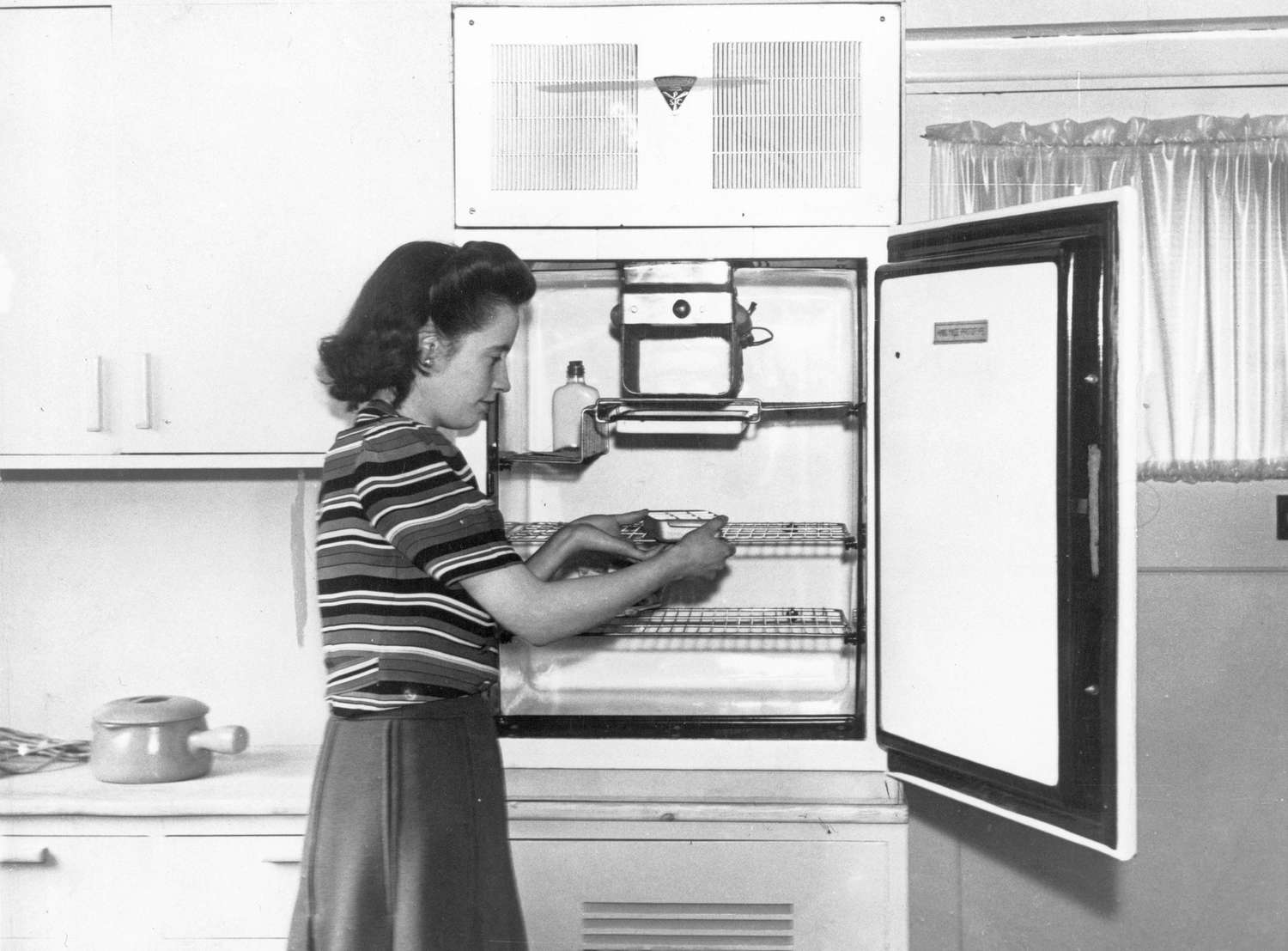

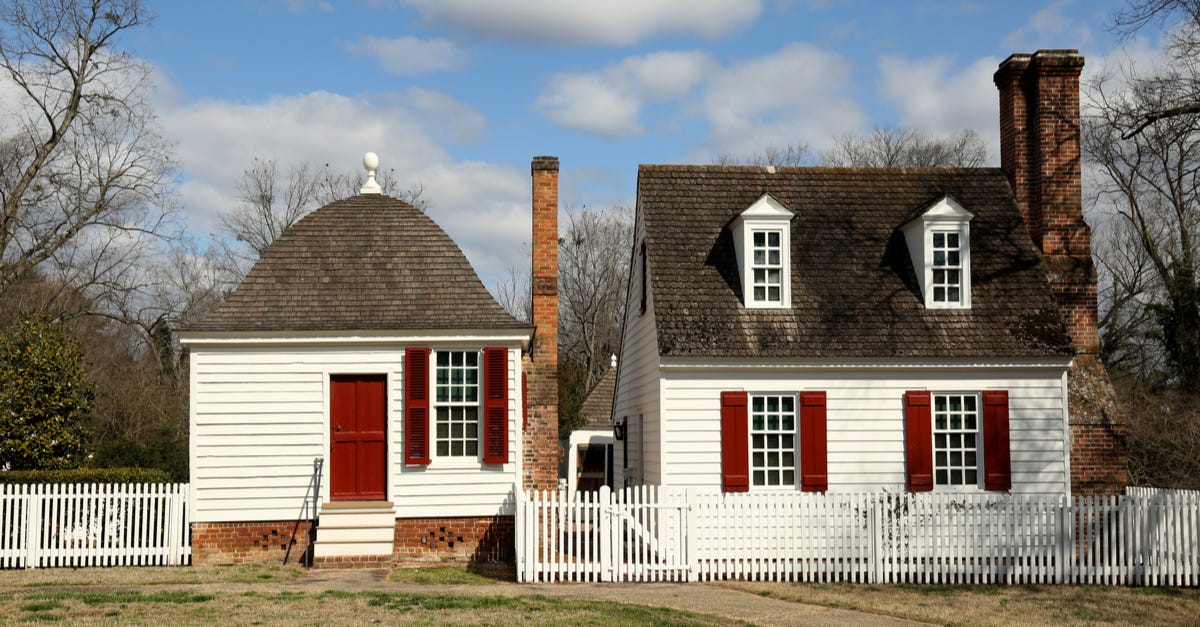
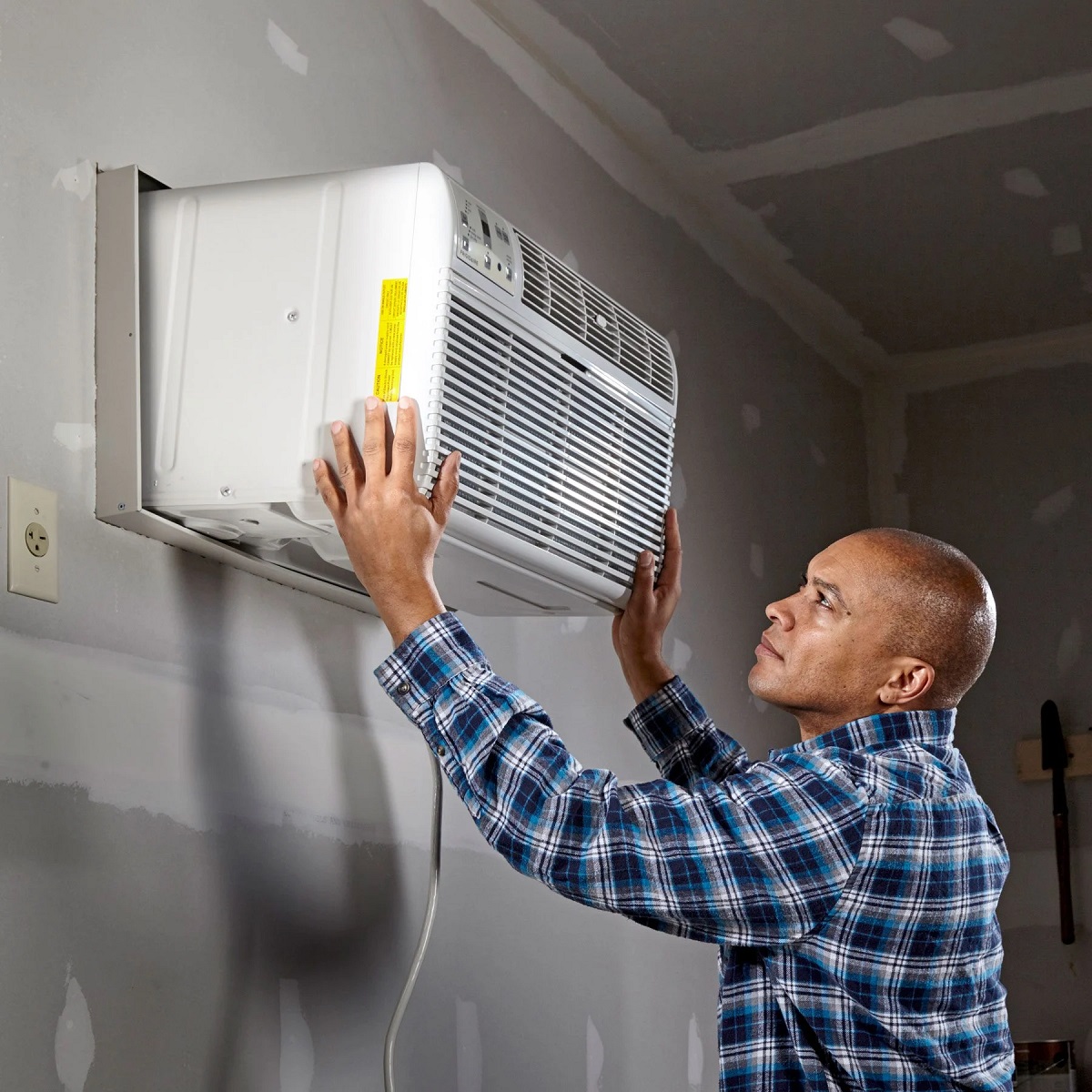

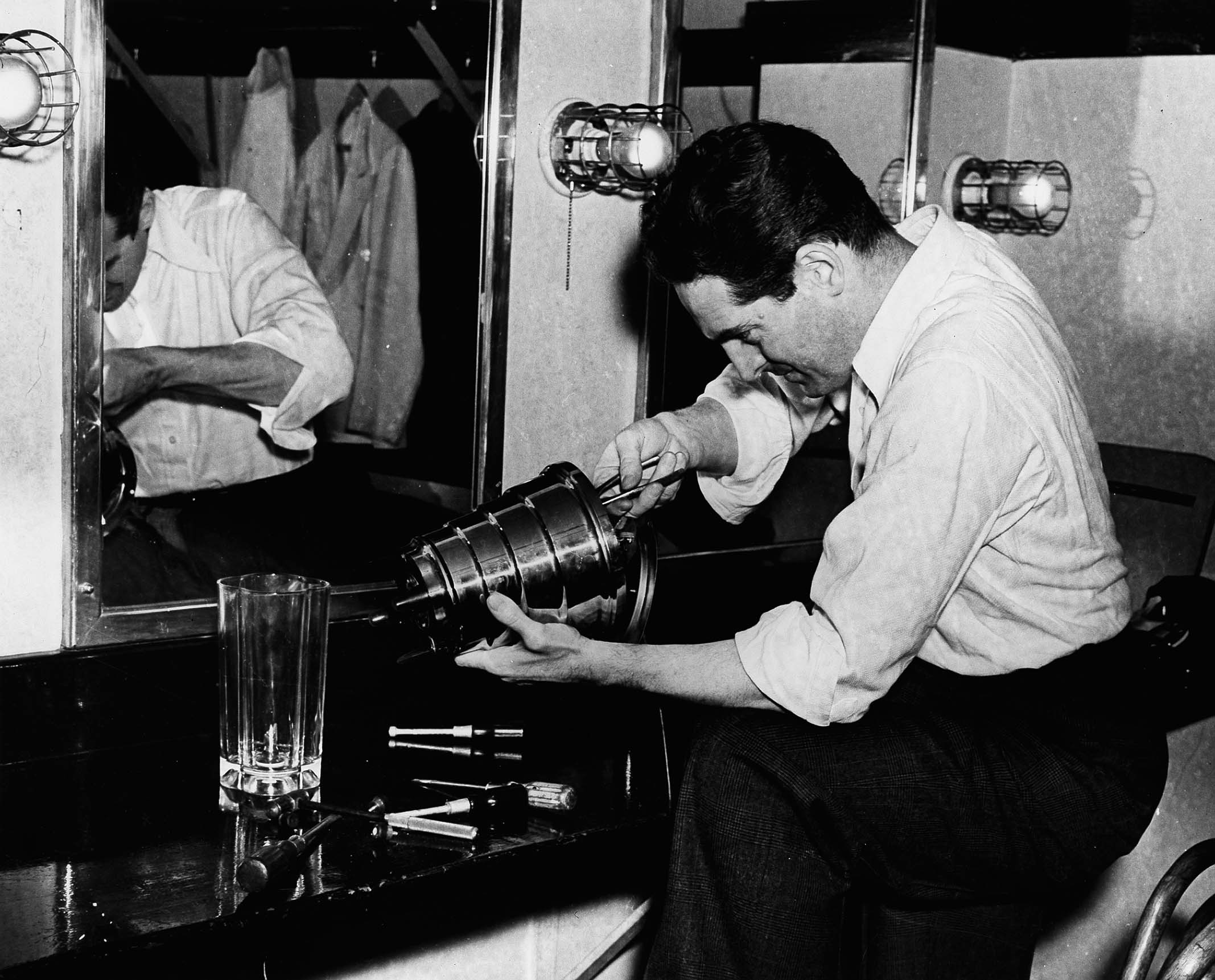

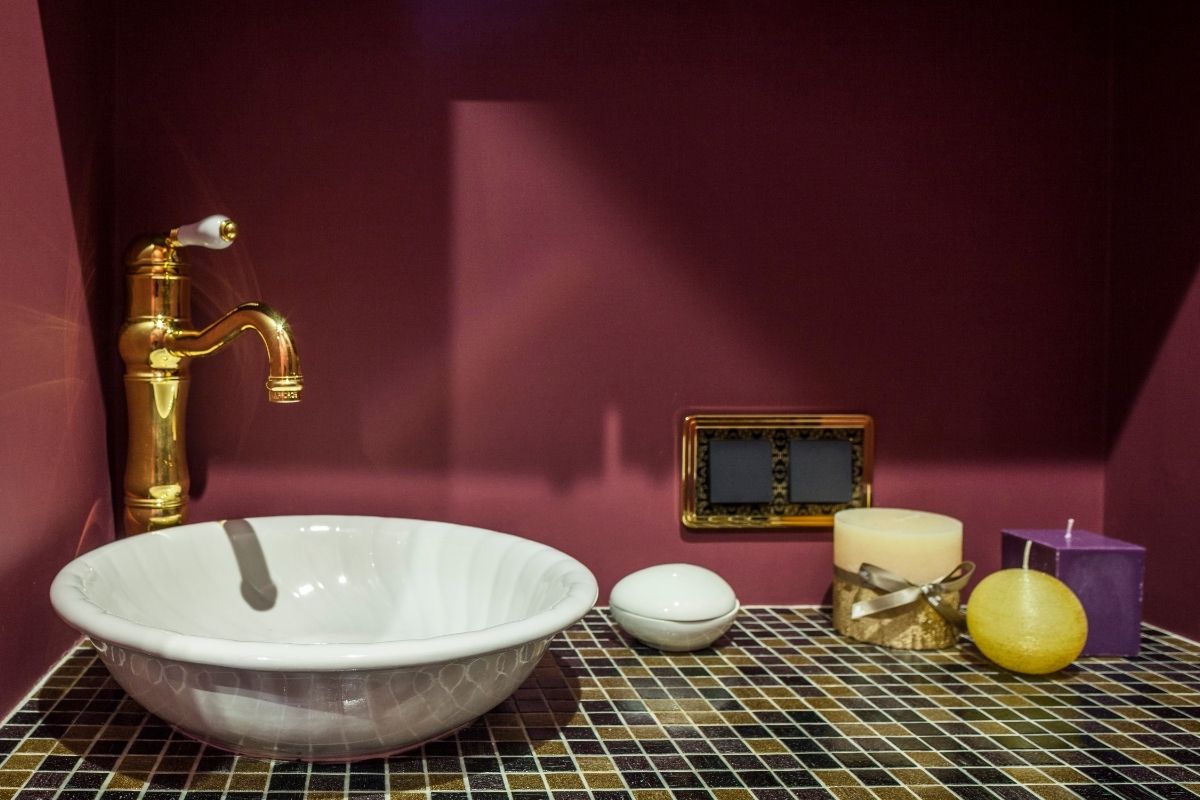

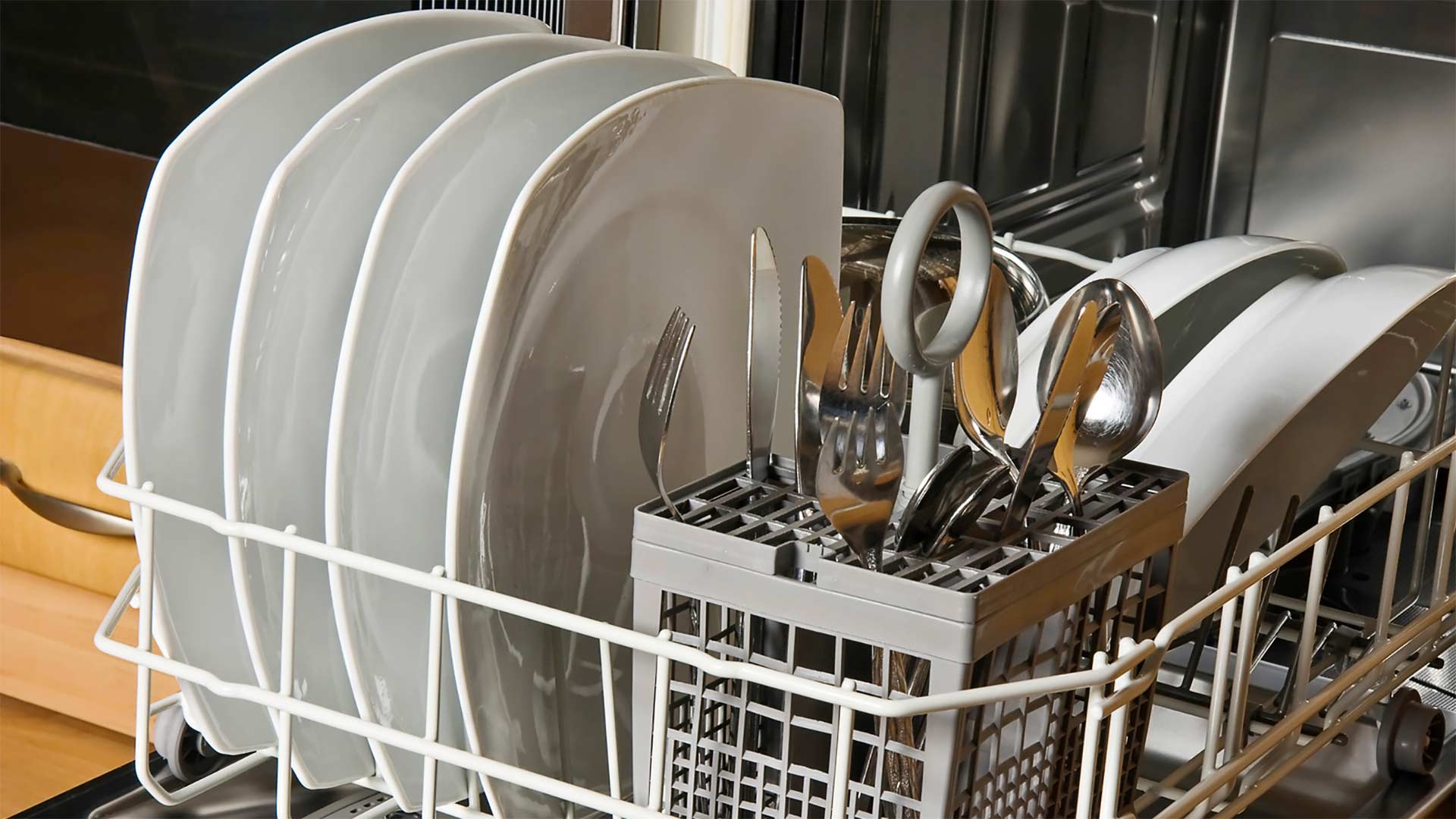
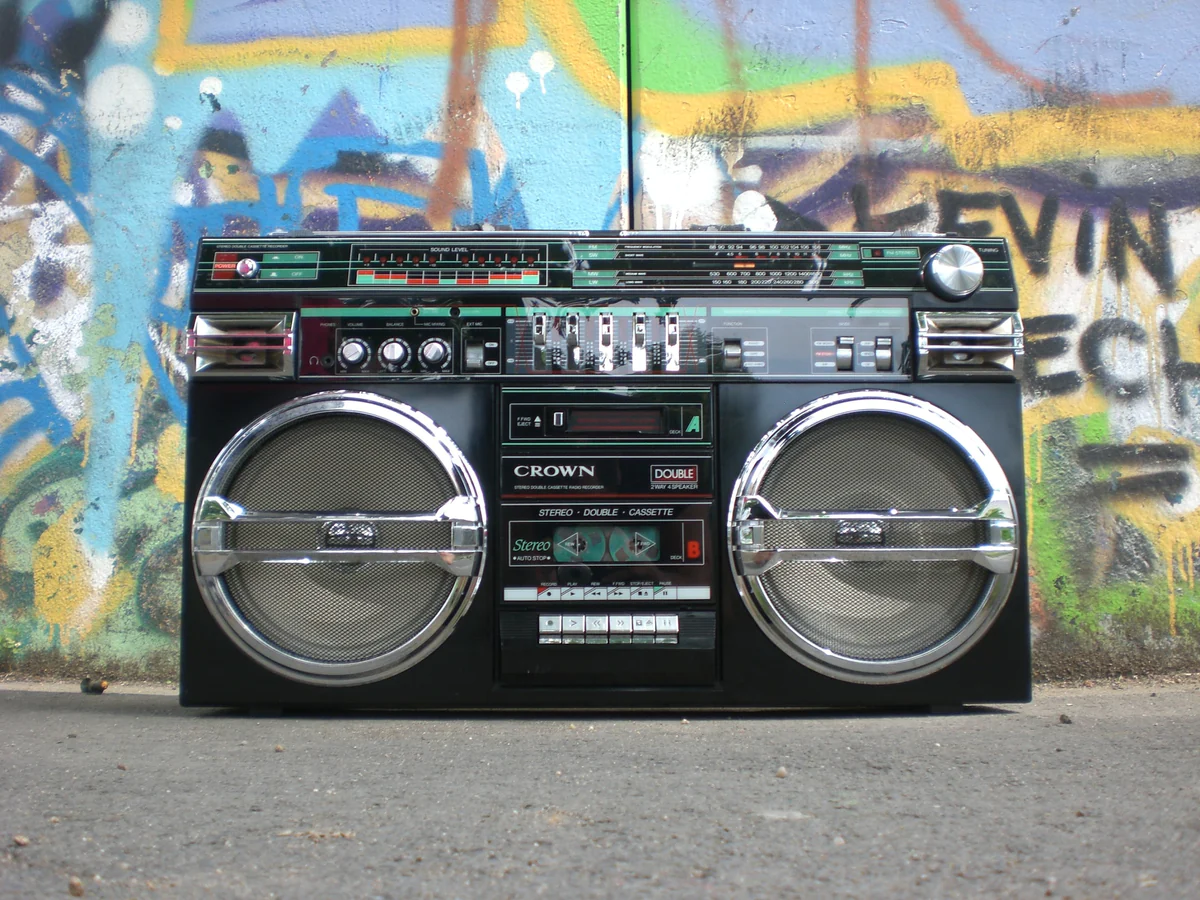
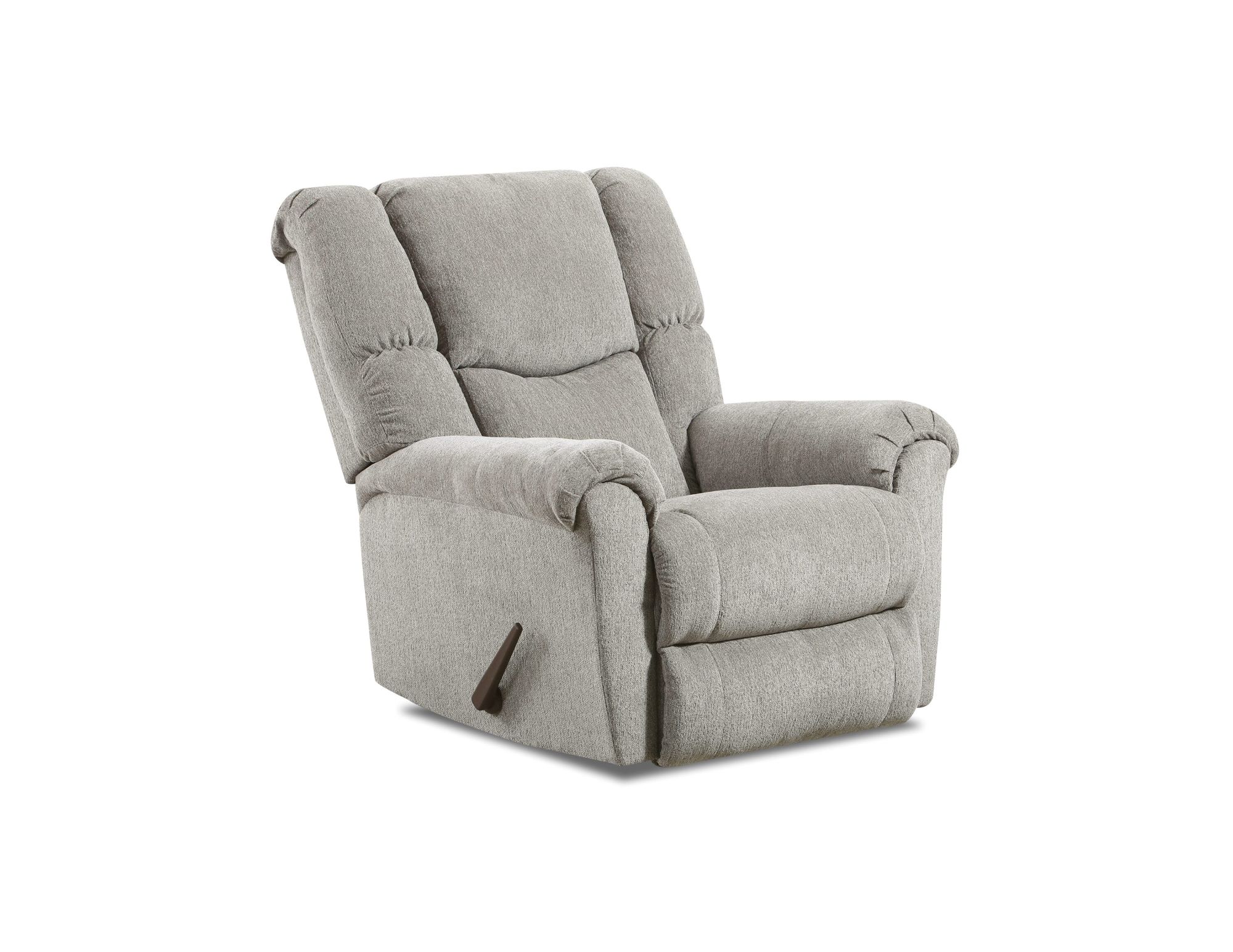

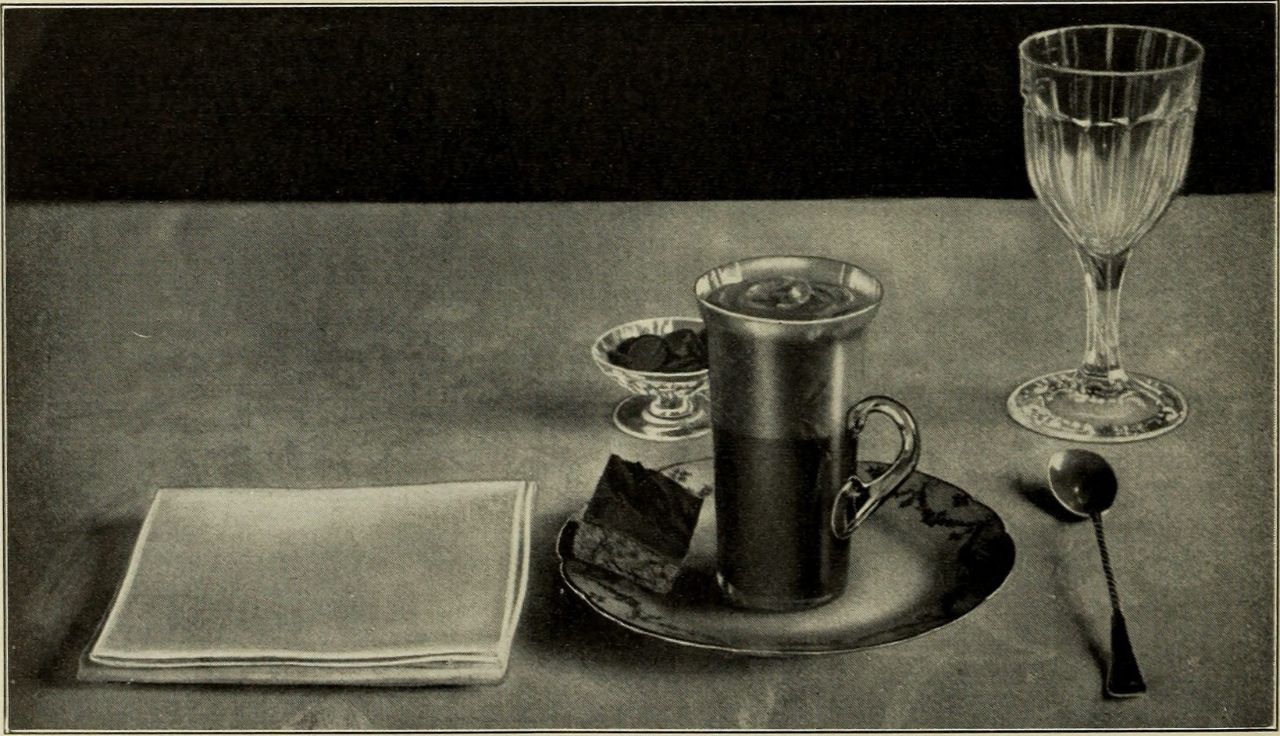

0 thoughts on “When Was HVAC Invented”